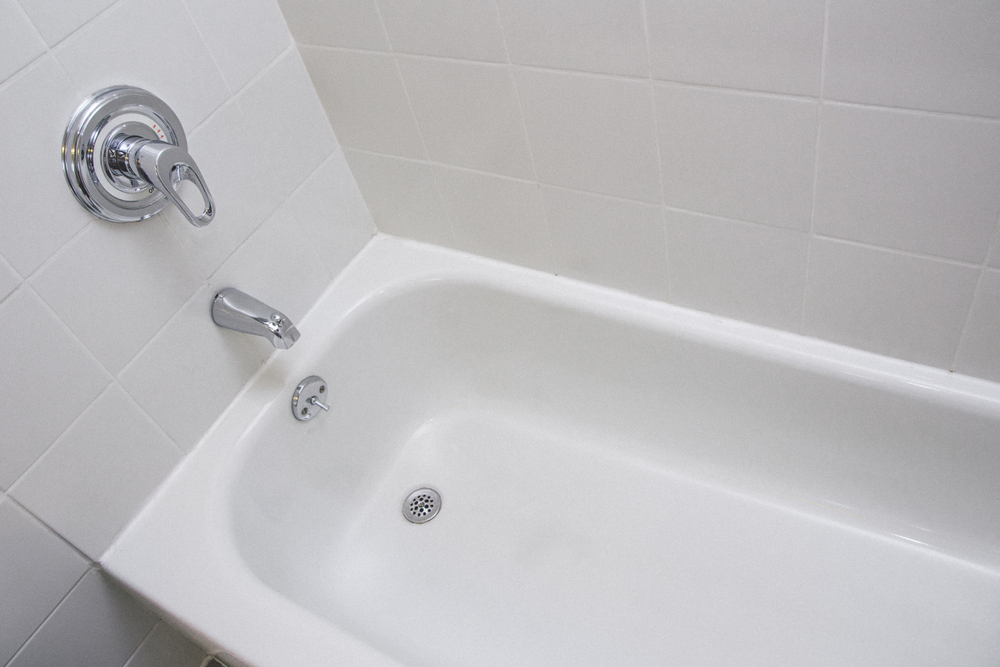Your bathtub has a part called the overflow drain. You might not even know that this part exists, at least until it breaks or otherwise stops working. Overflow drains are fairly common parts that are used to prevent water from overflowing. Along with your bathtub, they are used in manufacturing facilities, aquariums, and other areas. The main duty of the bathtub overflow drain is to keep water from leaking onto the floor, which can cause damage to the bathtub and surrounding appliances or fixtures. Here’s what you should know about the overflow drain and why it’s important.
Why is a Bathtub Overflow Drain Important?
In the bathtub, the overflow drain is one of two parts of the bathtub’s main drain. The overflow drain, along with the main drain, is located at the bottom of the bathtub. It is usually situated several inches below the rim of the bathtub. When the drain is working correctly, it prevents water from exceeding the level where the drain is located. The overflow drain and the main drain are both connected to tubes that run through the bathtub and connect to larger pipes. While the main drain has a stopper, the overflow drain doesn’t.
How the Overflow Drain Works
Now that you know where the overflow drain is located, you’re probably asking yourself, “how does a bathtub overflow drain work”? The overflow drain doesn’t have a stopper, which ultimately allows water to pass through and drain down through the bottom of the bathtub. The overflow drain will ideally keep water levels at several inches below the rim of the bathtub, which in turn keeps water from collecting on the floor. The waterflow drain will fail to regulate water levels in the tub if it becomes clogged, preventing water from getting through, or if a component on the drain fails and causes the part to stop working correctly. A properly functioning overflow drain helps water drain more quickly, and it also reroutes water back to the main drain.
Two Types of Overflows
There are two primary types of overflows, which are traditional overflows and integral overflows. A traditional overflow is a hole cut into the side of the tub, designed to accommodate drains installed on the inner and outer walls to collect water and send it down the main tub drain. An integral overflow has a cut only along the interior wall that diverts excess water down the drain.
If your bathtub overflow drain stops working, you should contact a professional plumber for repairs as soon as possible to prevent significant damage. Fortunately, you can contact Service Plus Plumbing around the clock to handle your most urgent plumbing repair needs. Call or visit our website to learn more and schedule an appointment.






